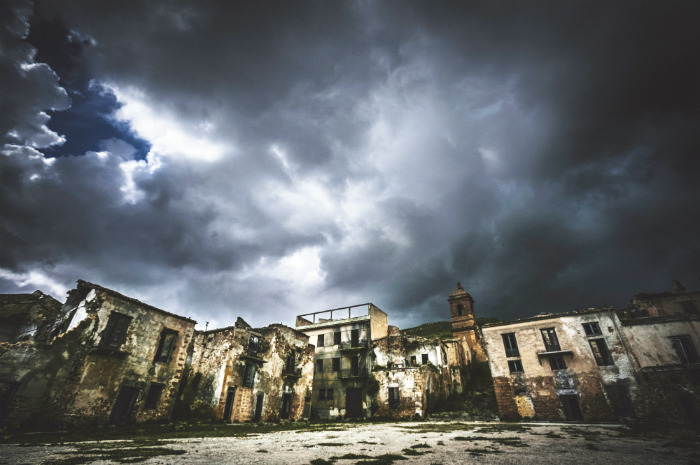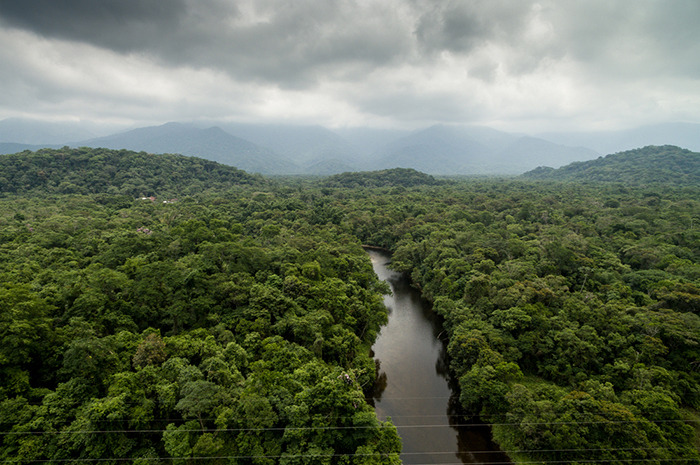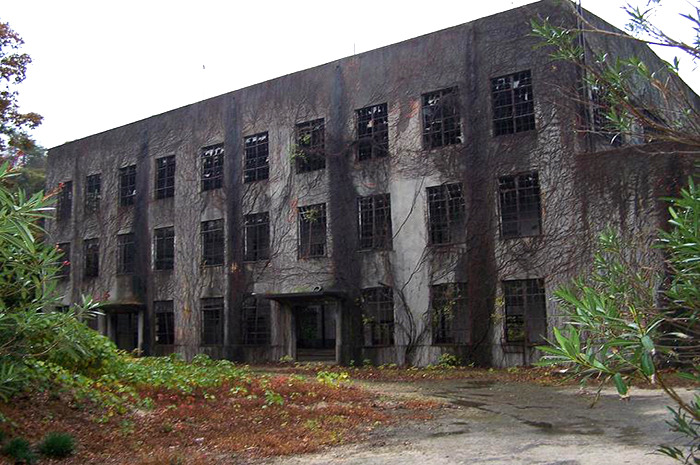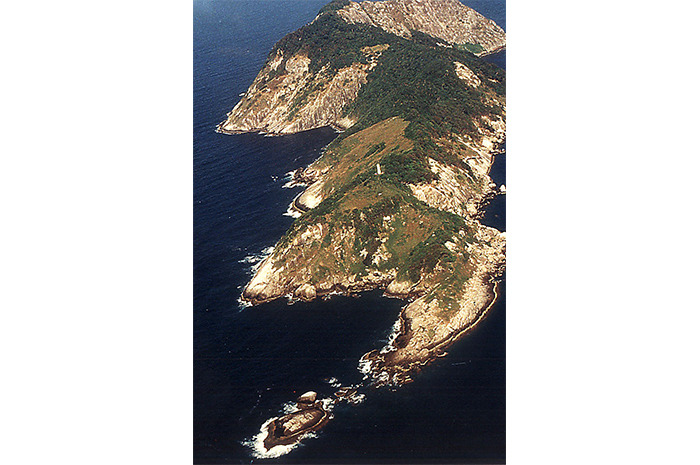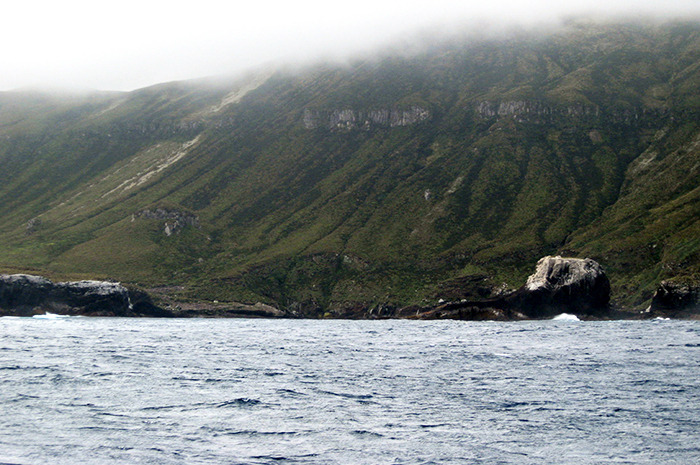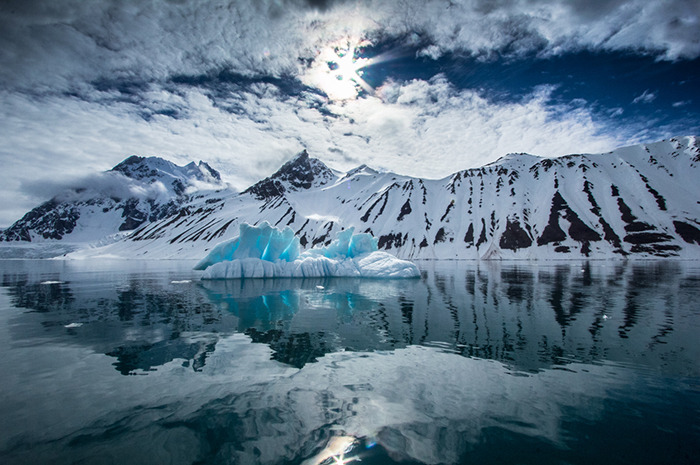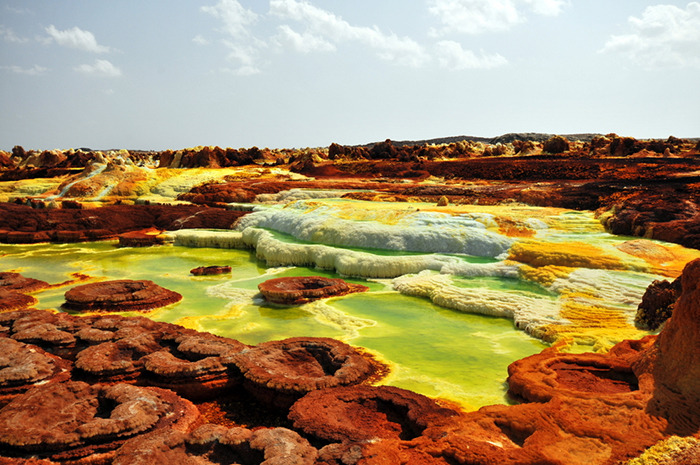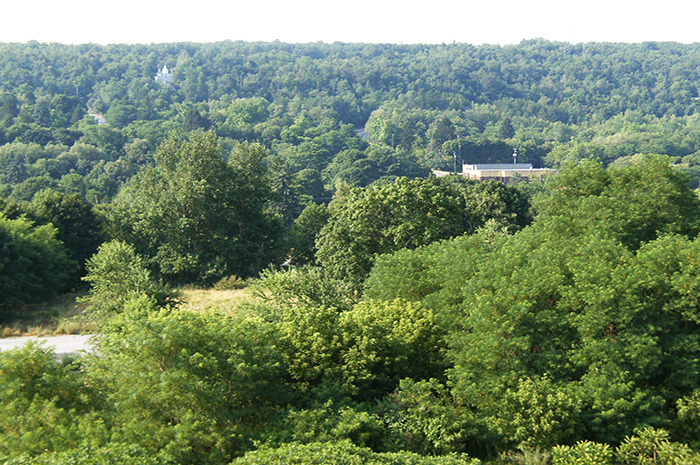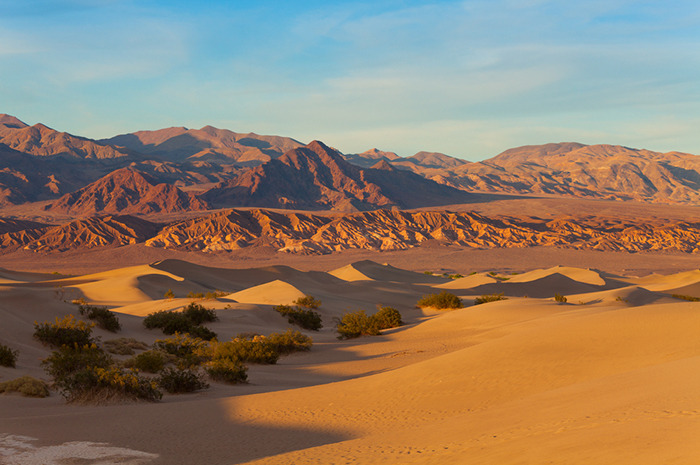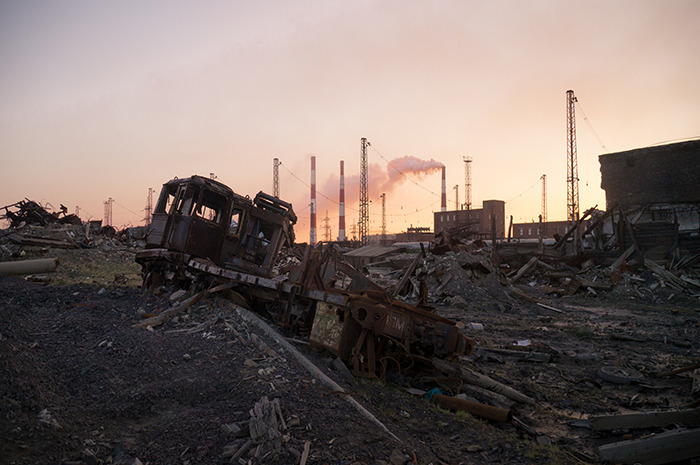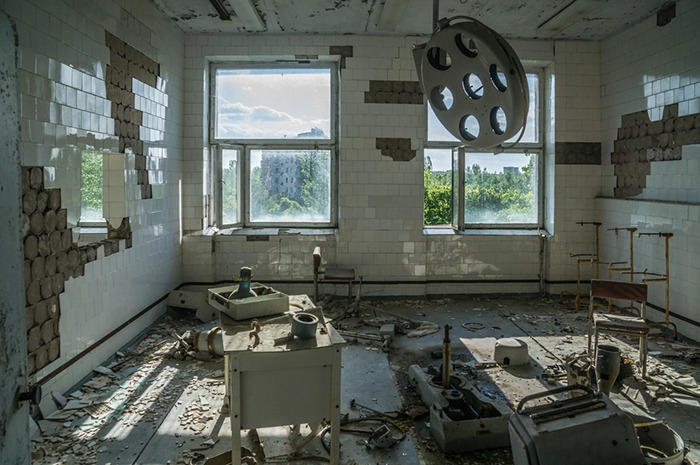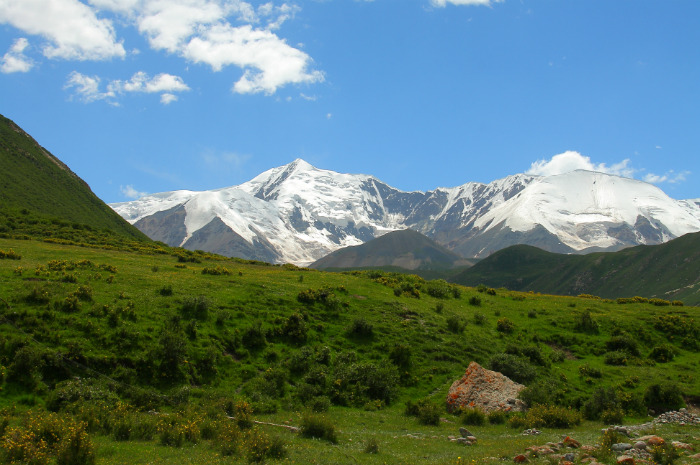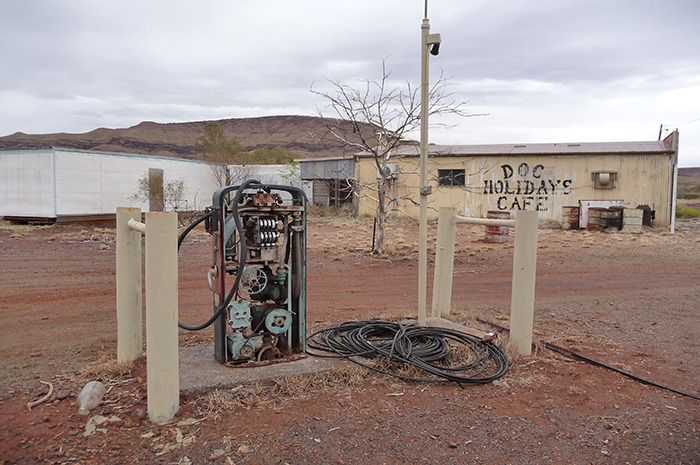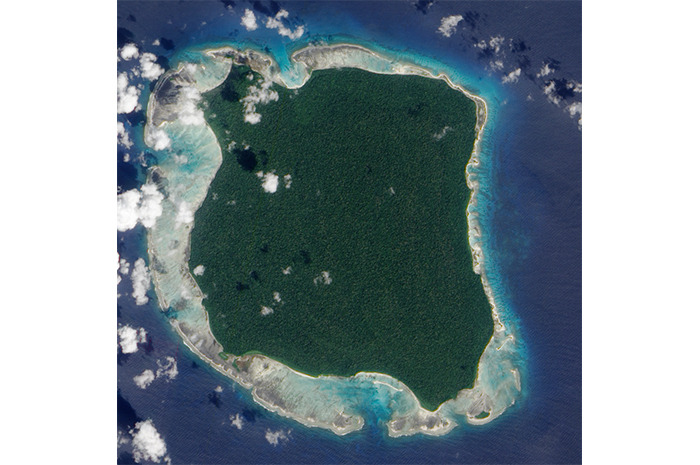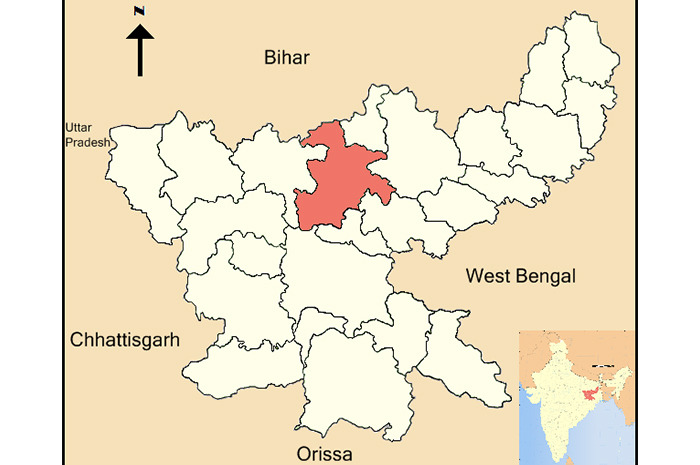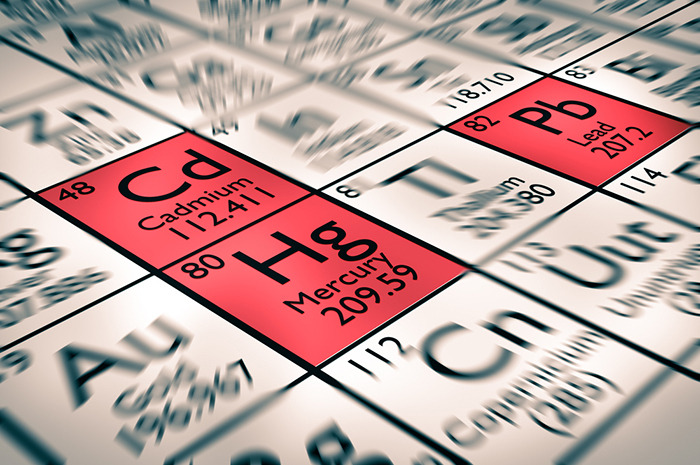Most Uninhabitable Places On Earth
While Earth is the only place, as far as people know, that can sustain life; the planet has many regions where humans simply cannot survive. Oxygen, food and water are sometimes in very short supply due to harsh climate or toxic chemicals. Unfavorable conditions are the reason many parts of the world remain unexplored or hidden from modern civilization. Such places are still a profound mystery.
The Javari Valley, Brazil
This is one of the largest indigenous territories in Brazil – it's about half the size of Florida. The Javari reserve is especially well protected from intrusions, according to National Geographic. The area is a highly forested dense jungle; and the few people who live there are totally unaware of the outside world. In fact, the existence of a previously unknown indigenous group of about 200 people was confirmed for the first time in 2011.
The Iron Mountain, California
Extremely acidic mine waters with pH values as low as −3.6, total dissolved metal concentrations as high as 200 g/L, and sulfate concentrations as high as 760 g/L, have been encountered underground in the Richmond Mine at Iron Mountain, according to research. These are the most acidic waters known. These extreme acid waters were formed primarily by pyrite oxidation.
Okunoshima, Japan
Okunoshima, also known as the Rabbit Island, is a small island with a circumference of a mere 2.5 miles. More than 100,000 people visit every summer to see the more than 300 wild rabbits descended from a small group of domesticated rabbits left here about 40 years ago, according to Japan Visitor. In order to keep the population from declining, all other animals, including cats and dogs, are banned from the island.
Snake Island, Brazil
Ilha da Queimada is an island ruled by animals. Popularly known as Snake Island, it is home to thousands of the some of the most venomous snakes in the world, Golden Lancehead Vipers. The Brazilian Navy has banned all civilians from the island, which is just 20 miles off the coast of São Paulo. There are between one and five snakes per 3 square feet.
The Antipodes Island, New Zealand
The remote volcanic islands in the sub-Antarctic areas south of mainland New Zealand have a cold climate and harsh winds. High densities of mice, unintentionally introduced to the island in the 19th century most likely by shipwrecks, are destroying the natural ecosystem cycle, predominantly by eating invertebrates, vegetation, and possibly bird eggs and chicks, according to Island Conservation.
Antarctica
This is the coldest, driest, highest and windiest continent in the world. More than 96 percent of it is covered by ice. The people who "live" on Antarctica for several months at a time are scientists. They survive by wrapping themselves in many layers to keep warm. UV radiation is fierce in the summer so wearing wrap-round goggles and sun screen on any exposed skin is crucial. Can you live in such conditions?
Danakil Desert, Ethiopia
National Geographic calls it "the cruelest place on Earth" because of baking temperatures and wastelands of salt. The desert stretches for more than 62,000 square miles. This is one of the hottest and most arid places on Earth. Temperatures reach 145F. The sand, salt, heat, and constant volcanic activity don't make life sustainable. The Afar people, however, still trek the region as they rely on mining slabs of salt from the flats for their livelihoods.
Centralia, Pennsylvania
This is a near-ghost town in Columbia County. The place is known for its underground mine fire that has been ongoing since 1962. Touch the ground and you'll see that it's still warm, even in the winter. Only a handful of residents still live in this once prosperous mining town. Poisonous smoke makes it through the ground killing any sign of plant life on the surface. The deadly carbon monoxide led has left nothing but a barren wilderness.
The Death Valley, California
The main problem is the heat, which often reaches close to 130 degrees and can easily cause death. The average adult will need about four gallons of water to make it out unharmed, but dehydration is not the only concern. Death Valley is often deemed the world's hottest place. It's the lowest, driest, and hottest spot in the U.S. It holds the record for the highest reliably reported air temperatures – 134.06 degrees Fahrenheit – measured in 1913.
Norilsk, Russia
Locals in the northernmost city on Earth whose tolerate – 55°C (-67F) temperatures and two months of total darkness every year. Norilsk is located 250 miles north of the Arctic Circle; its average annual temperature is -10C (14F). Architects designed the city in a way that buildings are grouped together, forming enclosed courtyards, in order stop, or at least weaken, violent winds. The city is one of the most polluted with high concentrations of copper, nickel oxide and sulphur dioxide in the air. Norilsk's many factories and mines operate 24/7.
Pripyat, Ukraine
The small city of Pripyat was home to 49,000 residents until it was evacuated and abandoned following the Chernobyl disaster in 1986. Although the area remains uninhibited, the ghost town is overrun by nature and has been deemed safe to visit. Some outfitters there offer guided tours of the site. Trees grow in schools, piles of books can be found in libraries, and dolls can still be seen in kindergarten floors.
Tibetan Plateau
Can life survive on the "roof of the world"? A new study suggests that the earliest known settlements may have been formed around 62,000 years ago. Still, nowadays, few can endure the cold and arid place with an average elevation of over 14,760 feet and with just half the oxygen available at sea level.
Wittenoom, Australia
The streets were covered with asbestos in the 1950s. The city has the only blue asbestos in the country and it shipped over 150,000 tons of the toxic material across the world for more than 30 years. The town was declared too dangerous to live in after the mine shut down in 1966. About 3 million tons of asbestos tailings are still around, making the Wittenoom one of the most contaminated places in the country. Three people still live in the city.
North Sentinel Island, Andaman Islands
This densely forested island is home to a group of indigenous people called the Sentinelese. Having rejected any contact with the outside world, the natives are believed to be among the last people to remain untouched by modern civilization. And they do not take kindly to strangers. They are prepared to attack anyone approaching the island, and have done so many times.
Hazaribagh, Bangladesh
There are 270 registered tanneries in Bangladesh, and around 90-95 percent are located at Hazaribagh on about 25 hectares of land, according to reports. Collectively, they dump 22,000 cubic liters of toxic waste, including cancer-causing hexavalent chromium into the Buriganga, Dhaka's main river and a key water supply. Homes are constructed right next to contaminated streams, ponds and canals. Acid burns, rashes and aches are also common health problems among locals.
Kabwe, Zambia
This is one of the most polluted places in Earth. Lead and cadmium are the main problem due to lead and zinc mining and processing. There is too much lead dust in the soil and metals in the water. Child blood levels of lead are on average five to 10 times the allowable EPA maximum, according to reports. The dispersal in soils of lead, cadmium, copper and zinc extended over a 12-mile radius at levels, much higher than those recommended by the World Health Organization, one study says.
